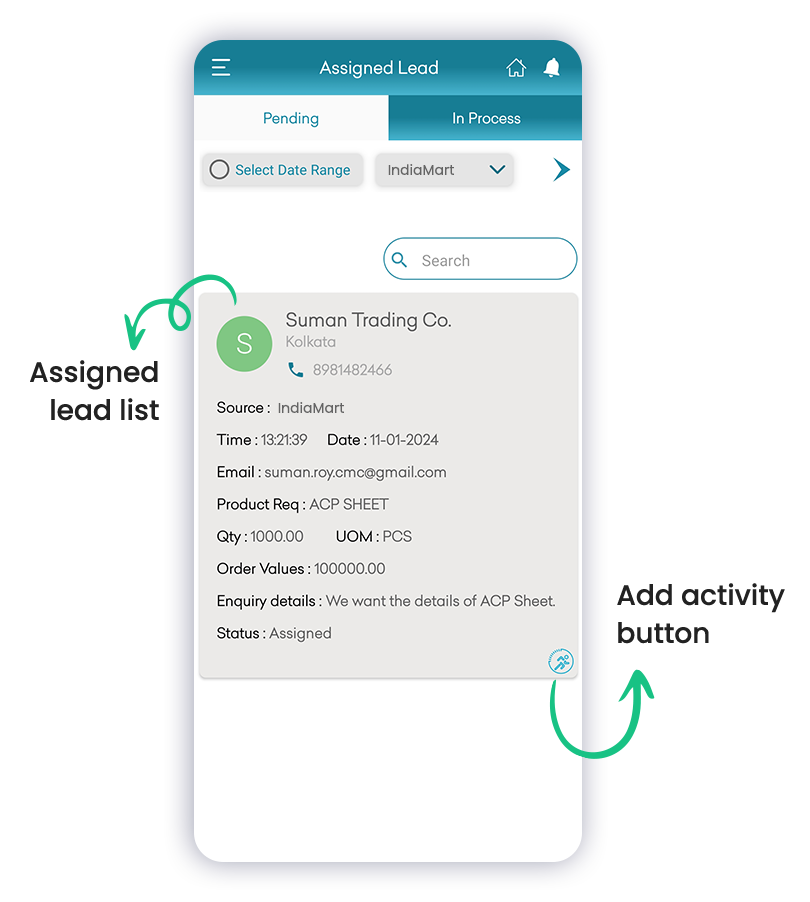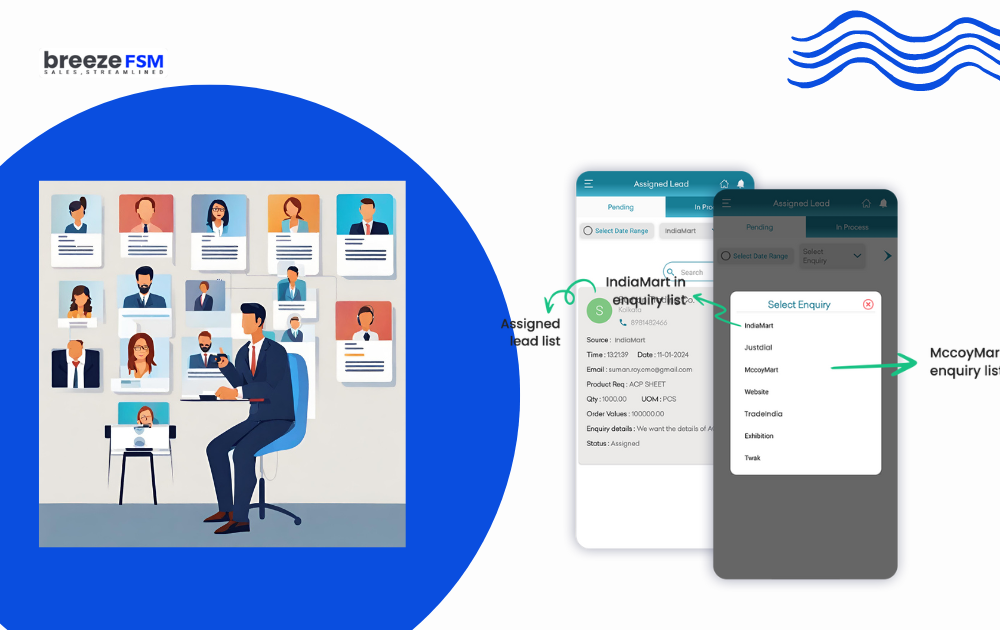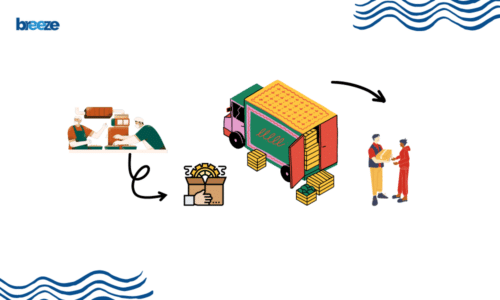- Payel Adhikary Ghosh
- 0 Comments
- 1270 Views
“Did you know that businesses without automation lose up to 40% of their leads due to manual errors and inefficiencies? In today’s competitive market, that’s an opportunity you can’t afford to miss.”
“We’ve increased patient engagement by 7% through automation in lead capture,” said the Sales Director of a pharmaceutical company.
“After implementing automation, our revenue saw a 12% year-over-year increase,” reported a Regional Manager in the FMCG sector.
When we recently sought feedback from clients about the impact of lead management automation, they provided concise yet impactful responses. This reaffirmed our confidence in the effectiveness of automation solutions.
Regardless of the industry, leads play a crucial role in driving sales. Missing out on capturing even one lead can result in significant losses. This is where lead capture automation becomes indispensable.
In this blog, we will deep dive into why automation in lead capture is an absolute necessity. Let’s begin!
Streamline, Optimize, and Succeed with BreezeFSM
- AI-powered Market Assistant
- Territory Mapping
- Activity Tracking
- Capturing and tracking leads
- Performance Insight
What is automation in lead capture?
It’s a process where all leads are captured automatically from various sources such as third-party marketplaces, websites, social media platforms, or referrals. This application will capture all minute details of the potential prospects and send them to the funnel or pipeline for field sales agents to nurture. The objective of automation of lead capture is to streamline the process, increase the conversion rate, and finally improve the sales process.
Features to look for in lead management tool
1. Automation in Lead Capture
Lead capture automation involves setting up systems to gather potential customer information from various sources like websites, social media, search engines, and referrals, consolidating them onto a centralized platform such as a CRM. This ensures no leads are missed or lost, providing a unified view of the lead pipeline for efficient follow-up and nurturing by sales and marketing teams. It streamlines the lead generation process, reduces manual effort, and facilitates analysis for optimizing lead generation strategies.

2. Lead Distribution
Lead distribution involves efficiently tracking and assigning leads to different teams based on specific requirements or dynamic criteria. It streamlines the process of allocating leads to the most appropriate team members, ensuring prompt follow-up and maximizing conversion opportunities. This system facilitates better coordination among teams, optimizes resource allocation, and enhances overall lead management effectiveness.
3. Sales Automation
Sales and marketing automation involves implementing tools and systems to streamline sales processes and communication with leads across multiple channels such as WhatsApp, SMS, email, phone, and others. By automating tasks like lead scoring, nurturing, and follow-up, businesses can increase efficiency and effectiveness in converting leads into customers. This approach enables personalized and timely interactions with leads, improves engagement, and ultimately drives sales growth.
4. Built-in dialer
A built-in dialer feature enables users to call prospects with a single click, streamlining the outreach process. Additionally, it tracks and records conversations to ensure compliance with regulations and enhance productivity through analysis and feedback. This functionality enhances efficiency, accuracy, and compliance in communication with prospects, ultimately leading to better sales outcomes.
Benefits from Automation in Lead Capture
1. Avoid Lead Leakage
Advanced automation ensures that no lead slips through the cracks. By capturing, qualifying, and distributing leads instantly to sales reps, response time is minimized, and the risk of lead leakage is reduced to zero. This means every potential opportunity is efficiently managed and acted upon.
2. Understand Lead Quality
Through automation, businesses can monitor all interactions leads have with their business, including calls, emails, and chat interactions. This data allows for a comprehensive understanding of lead behavior, enabling businesses to identify and address any bottlenecks in the workflow effectively.
3. Boost Field Sales Agent’s Efficiency
Automation streamlines sales processes, allowing sales reps to focus on revenue-generating activities. Custom dashboards provide visibility into pending activities and tasks, while automated reminders ensure that follow-ups are never missed. This boosts sales team efficiency and productivity.
4. Right Strategy for Right Leads
Lead scoring based on quality, stage, and engagement metrics ensures that sales reps prioritize their efforts on leads most likely to convert. By focusing on high-quality leads, sales teams can optimize their time and resources, avoiding wasted effort on low-quality leads.
5. Personalized Marketing Strategy
Automation tools enable businesses to segment and engage leads effectively. With powerful marketing automation features, businesses can create personalized nurturing campaigns tailored to each lead’s preferences and behavior. This increases engagement and improves the likelihood of conversion.
6. Faster Strategy Implementation
Lead management platforms like breezeFSM provide actionable insights that help businesses make informed decisions. By analyzing data on lead performance and channel effectiveness, businesses can optimize their strategies and allocate resources more efficiently. Custom sales reports generated in seconds allow for quick decision-making and strategy adjustments.
Wrapping up
In today’s technology-driven world, the purpose of automation in lead capture is not only to seal revenue leakage but also to act as a branding tool. Every qualified lead is now heard and responded to for their queries, which improves engagement rates. Thus, making automation in lead capture not just optional but indispensable for brands. To know more about Lead Capture, click here.





